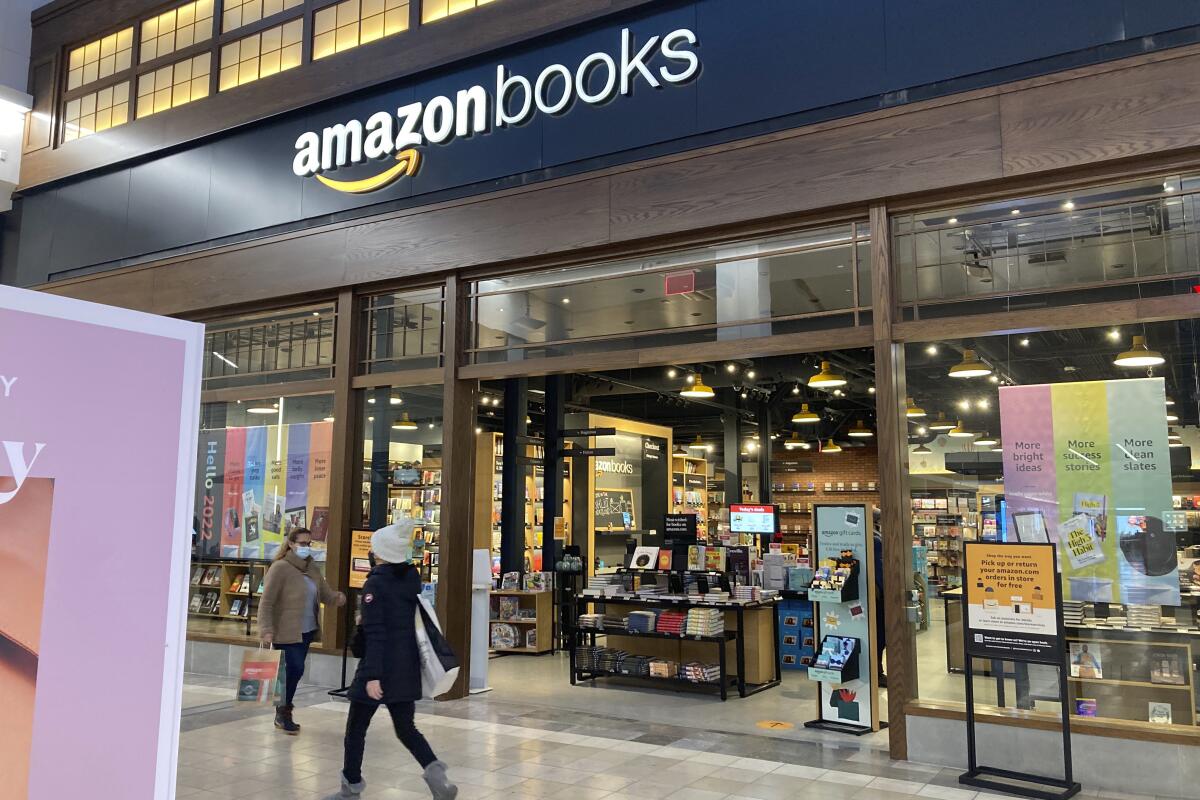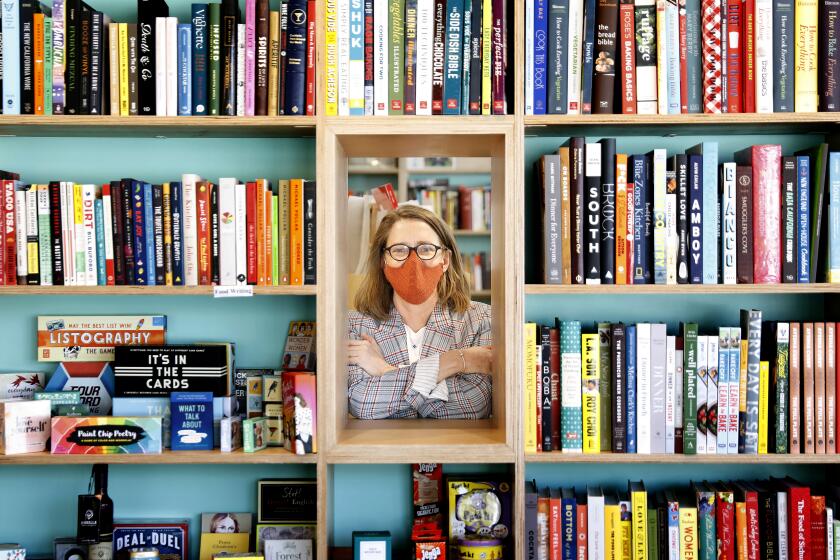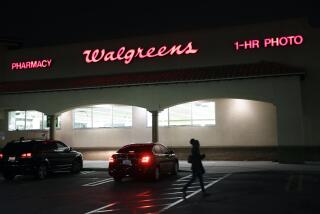Amazon shuttering its physical bookstores and 4-star shops

NEW YORK — Amazon is closing all of its bricks-and-mortar bookstores, as well as its 4-star shops and pop-up locations, as the online retail behemoth reworks its physical footprint.
The Seattle-based company said Wednesday that the move, which affects 66 stores in the U.S. and two in the United Kingdom, will enable it to concentrate its efforts on Amazon Fresh, Whole Foods Market, its convenience concept called Amazon Go and its upcoming Amazon Style stores. Amazon Style, which will sell fashion and accessories, is set to open in a Southern California mall later this year.
“We remain committed to building great, long-term physical retail experiences and technologies and we’re working closely with our affected employees to help them find new roles within Amazon,” the company said in a statement.
It couldn’t be discerned immediately how many Amazon workers will be affected.
Village Well Books & Coffee opened in L.A.’s worst pandemic month, on a famously doomed corner. For owner Jennifer Caspar, it was all a lucky break.
Amazon opened its first bricks-and-mortar bookstore in 2015, two decades after it began selling books online and helped drive a number of bookshops out of business. Amazon’s 4-star shops, which made their debut in 2018, carry a limited selection of bestselling products from top categories sold on Amazon.com, including devices, consumer electronics, toys and games.
The move comes as Amazon.com Inc.’s overall revenue growth is slowing and it’s looking for new ways to reignite sales.
Neil Saunders, managing director of GlobalData Retail, said the strategy comes as a surprise. He said he believes it’s an acknowledgement that the bookstores weren’t delivering the returns Amazon was looking for.
Saunders said he thinks the main problem with Amazon’s nonfood stores is that, even though the merchandise was well presented, the stores lacked a real purpose.
“They were designed for people to pop in and browse rather than as destinations where people would head on a mission to buy something,“ he wrote in a note on Wednesday. He noted that ultimately that wasn’t good for driving customer traffic, especially in an era when people are visiting physical shops less.
Saunders added that in many locations, the selections were disjointed and unfocused.
The news of the closure was first reported by Reuters.
More to Read
Sign up for our Book Club newsletter
Get the latest news, events and more from the Los Angeles Times Book Club, and help us get L.A. reading and talking.
You may occasionally receive promotional content from the Los Angeles Times.








